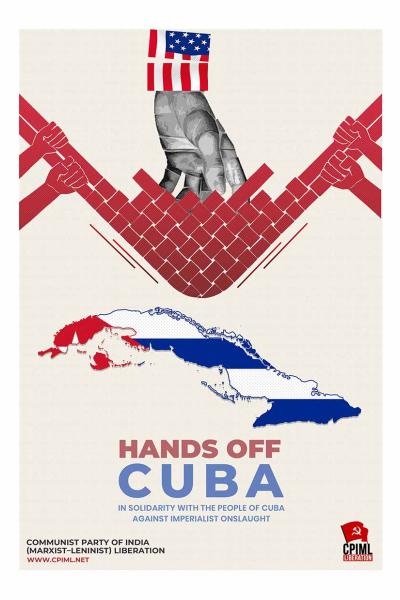Atal Bihari Vajpayee And The Evolution Of The Indian Right

Former Prime Minister Shri Atal Bihari Vajpayee passed away today.
Vajpayee commanded the greatest stature and prestige among Right-Wing politicians in India. He led the politics of the RSS in the parliamentary arena since the Jan Sangh days through the Janata Party phase to its culmination in the BJP. His flirtations with Gandhian Socialism remain a forgotten phase of BJP history. But it was Vajpayee who was chosen as the governance face of the BJP after the party had emerged as the largest party under Advani’s aggressive Hindutva campaign.
In the memorable phrase used by RSS ideologue Govindacharya to describe him, he was the liberal mask – mukhauta – while Advani represented the BJP’s unvarnished character. He was among the BJP’s most prominent representative in an era when the party needed to mask its communal fascist politics. For allies in the NDA coalition who were squeamish about supporting Sangh ‘hardliners’ like Advani or Modi, Vajpayee’s genial and gentlemanly persona provided the proverbial fig-leaf.
To play the role demanded of him in the era of the first NDA Government, Vajpayee had to soften his own political lexicon. As we hear Modi’s and Amit Shah’s poisonous propaganda about immigrants today trying to communalise the NRC issue, we should remember how Vajpayee made an inflammatory election speech in Assam in 1983, saying, ‘Foreigners have come here; and the Government does nothing. What if they had come into Punjab instead, people would have chopped them into pieces and thrown them away.” Soon after that, 2000 Muslims were massacred at Nellie. The BJP then felt the need to distance itself from that speech. In 1992, Vajpayee was among those strategically picked by the Sangh to stay away from Ayodhya. On the eve of the Babri Masjid Demolition, he gave a speech in Lucknow in which he – always a master of language – hinted in coded language to an audience of kar sevaks that naturally demolition implements were needed at Ayodhya because the ‘ground needs to be levelled.’ The roars from the appreciative audience – which went on to demolish the mosque the next day – suggest that his euphemism was understood.
As Prime Minister, Vajpayee obliquely rebuked Modi for failing to uphold ‘rajdharma’ in the Gujarat 2002 communal violence, even as he allowed Modi to continue as Chief Minister and did nothing to ensure safety of Gujarat’s Muslims during and after the violence. He maintained a posture of civility and debate – even as he called for a ‘debate on conversions’ after Christian people faced communal violence at the hands of the Sangh machinery in Gujarat on the pretext of opposition to conversions. In 2004 the Vajpayee-led NDA suffered a comprehensive defeat in the wake of the Gujarat genocide and the collapse of the India Shining fiction.
Today, the BJP, NDA and their Government are in a very different era. No longer is any mask needed – it is Modi and Yogi who make no secret of their communalism, who are now the BJP’s stars. Lynchers can now be garlanded by Ministers, Sangh outfits can embrace a man who burnt a Muslim alive on camera as their hero: the BJP no longer needs any ambiguous-sounding call for a ‘national debate’ on ‘cow slaughter’ or ‘love jehad’. The BJP leaders of Vajpayee’s era, including his colleague who complemented his role in the NDA, Advani, have been summarily put in their place – the ‘advisory’ shelf.
Vajpayee represented the illusion of the Indian ruling classes and rightwing intelligentsia that the BJP could become a conservative rightwing party without a communal fascist core. Long before Vajpayee’s physical demise, that illusion had begun to fade.
Today, Atal Bihari Vajpayee remains a key reference point in India’s rightwing political history; a yardstick that will help us assess the vicious intensity of the current phase of fascist offensive through the continuum and contrast between the Vajpayee era of yesterday and the Modi era of today.
– Issued by CPI(ML) Liberation on 16 August 2018
Charu Bhawan, U-90, Shakarpur, Delhi 110092
Phone: +91-11-42785864 | Fax:+91-11-42785864 | +91 9717274961
E-mail: info@cpiml.org







